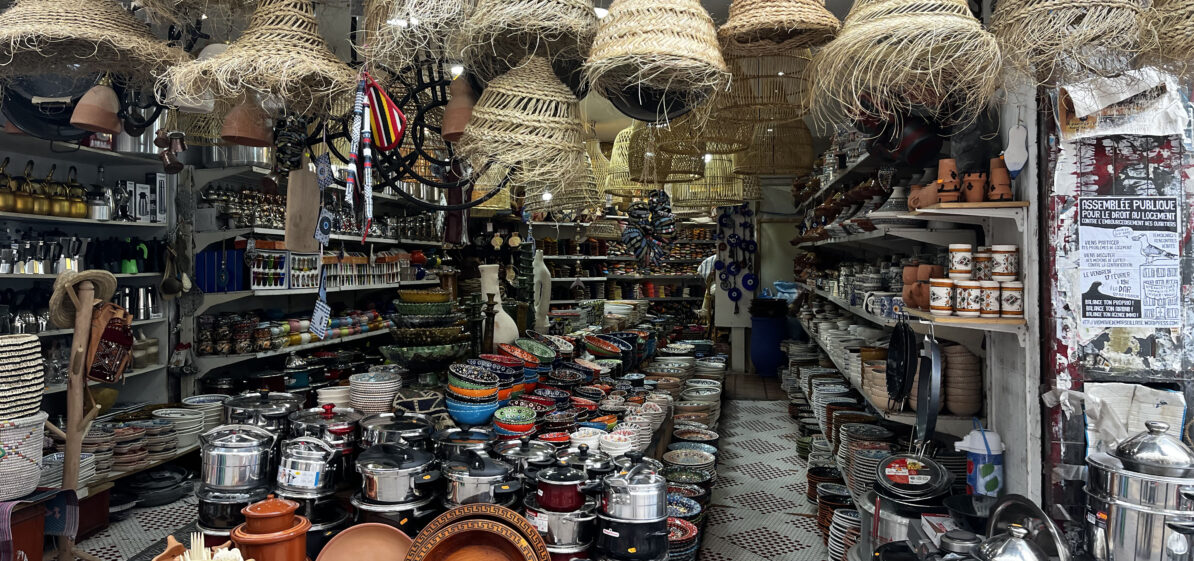In this age of digital nomadism, we often forget how intense and ambiguous the relationships can be that humans entertain with geographic places. Some places attract us, others reject us. Some entice us, others bore us to death. Some places poison us, others intoxicate us only to eat us alive. In the same way as places are haunted by people and their afterlife specters, places can haunt us in return. They lure us to always sink back anew into their sweet yet suffocating embrace.
Joseph Roth’s relationship with Marseille was as intense as it was ambiguous. The young writer visited the old city for the first time in 1925 on a trip through the French south. His journey resulted in a collection of articles, some of which appeared in the Frankfurter Zeitung, hot off the pen. But Roth produced enough material to fill a whole book. He intended to publish it under the heading The White Cities, as an ode to those sun-slashed, limestone-colored places of longing that contrasted so sweetly with the “grey towns” of his native Galicia. Marseille—was the glistening vanishing point of this journey.
As much as the city attracted Roth, it also was to him a vanishing point in a rather literal sense. He came here to escape from the lethal shrapnel of the Old World, which was detonating under his feet. As mentioned before, Marseille’s port figured in Roth’s life as a permanent option to set out to new shores. Like France in general, Marseille in particular represented a type of freedom that contrasted vibrantly with the thickening shadows absorbing the German-speaking lands.
It is thus no coincidence that Roth focused his attention on the Old Port. His descriptions of the city abound with epic catalogs of the goods the old colonial hub has in stock: “Is this the immense gate to the immense seas of the world? Much rather is it the immense warehouse or arsenal for the requisites of the European continent. There are barrels, boxes, beams, wheels, levers, vats, ladders, tongs, hammers, sacks, cloths, tents, trolleys, horses, engines, cars, rubber tubes.”
Taking inventory of the Old World, Roth deciphers the flow of goods as an anonymous stream of consciousness that appears to wash away any sense of historical depth. Marseille’s remarkable absence of monuments appears as the flipside of the coin of colonialist trade:
“Here, history leaves no witnesses of stone behind. She washes them swiftly away. […] Like all giant miles of the earth fit into the radius of a few square kilometers, different periods squeeze together as if there were not enough room in the vast spaces of eternity.”
Was it this ahistorical placelessness that enticed Roth to keep coming back to Marseille? Did he never push away from its Old-World piers because he had found the whole world compressed into a small radius around the Old Port? Or did he have more earthly motives to remain a regular at the Hôtel Beauvau? I will try and answer these questions in the next and final episode about Roth’s love affair with Marseille.
(Quotes are my translation.)

Pingback: Vignettes des Vestiges Part II: Joseph Roth (b) - dash of thought